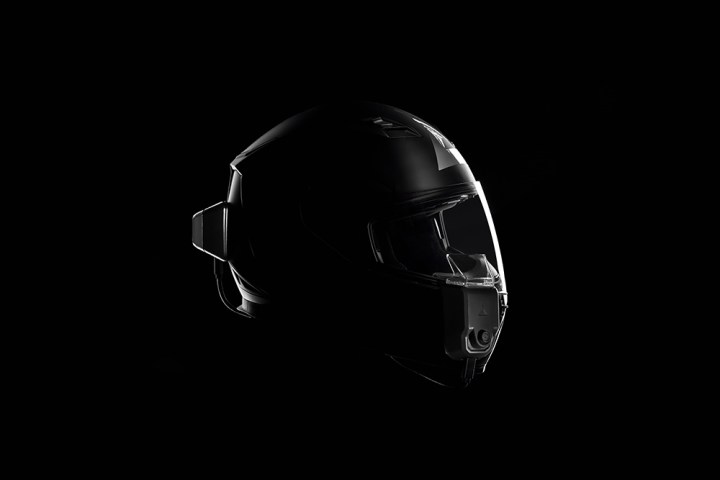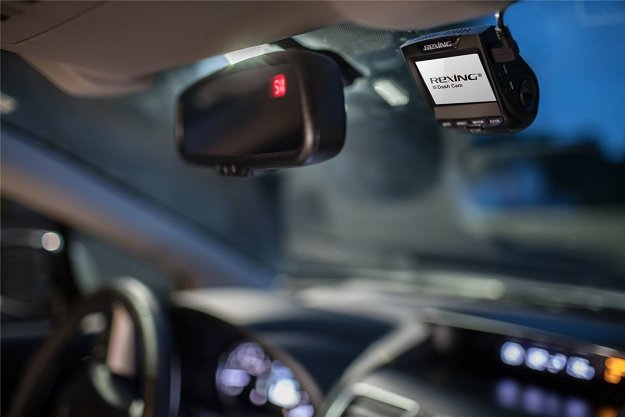
Motorbike riders have been clamoring for an augmented reality (AR) enabled bike helmet for years, hence the long-running and infamous Skully debacle. But now Singapore-based startup Whyre have come up with a simple way to make any bike helmet smart, using an attachment which can overlay AR information on a helmet’s visor. They showed off the Argon Transform, as its known, at CES 2019 this year.
More CES 2019 coverage
- Our CES 2019 Hub: The latest news, hands-on reviews, and more
- Can Harley-Davidson’s LiveWire convince hog riders to go green?
- Bag the toothbrush. The Y-Brush can clean your teeth in just 10 seconds
- Samsung Galaxy S10 to launch February 20: Everything we know
- Thousands of products show up at CES 2019. Here are the best of the best
The Argon Transform is a dual-camera system which works by sticking one camera to the back of a helmet and one to the front. The front piece acts as a high definition dash cam with a black box recording feature, and has a simple mounting system that should work with any helmet. The back piece holds a rechargeable battery which the manufacturers estimate should last for five hours of use, plus a dedicated high speed computing board, a high definition wide-angle lens camera, Bluetooth integration, expandable memory, and an audio and microphone system.
Once in place, the Transform displays an overlay image in the peripheral of the rider’s vision. The image is semi-transparent so it doesn’t block the view of real-world objects, and it can display information like a rear-view camera feed, a visual map and audio navigation system, a virtual speedometer, caller ID, and the time. The image is overlaid in a position designed to be easy to focus on which should reduce visual stress. In addition, the front camera can be used to record rides for fun or in the case of an accident. If there is an accident, the footage will be backed up to an isolated memory compartment using the BlackBox feature.
As you would expect from a smart helmet, the attachment can be paired with a smartphone through a dedicated app which can log mileage, calculate average speed, bookmark locations, answer phone calls, and listen to music. These functions are controlled with a separate button controller.
The Whyre company is a group of five graduates including one former member of Singapore’s ambulance force, all of whom have lost friends in motorcycle accidents and who wanted to find a way to increase rider’s situational awareness. The Argon Transform will be launching on a crowdfunding platform early this year and is expected to cost around $680 retail.
Editors' Recommendations
- Snap partners with Camo app creator to bring AR streaming to your phone
- Forget AR glasses. Augmented reality is headed to your windshield




